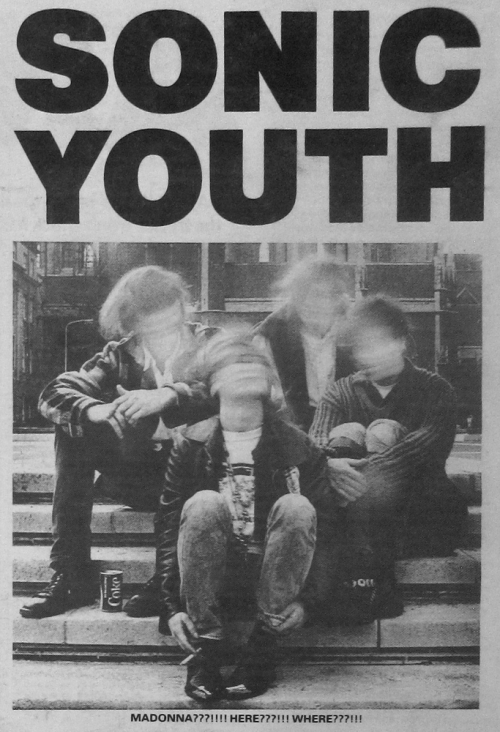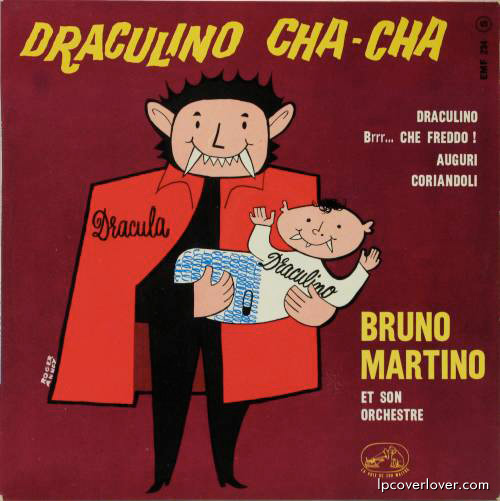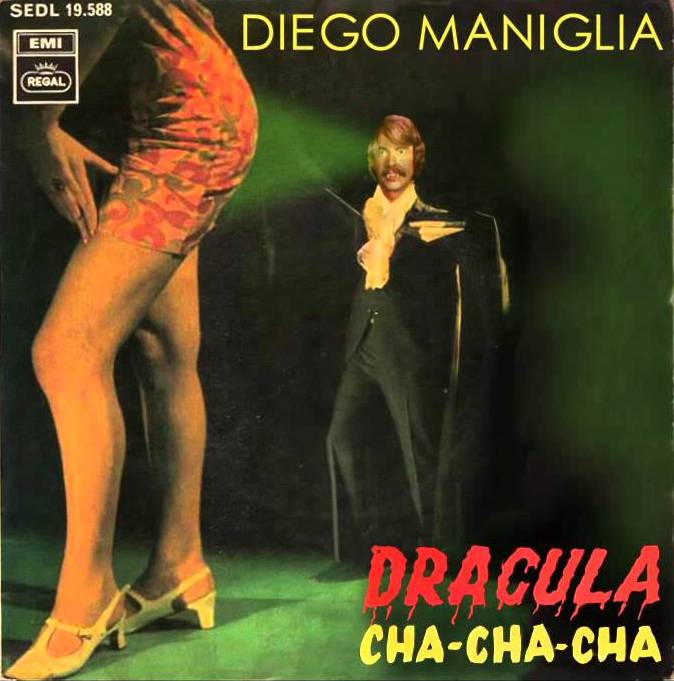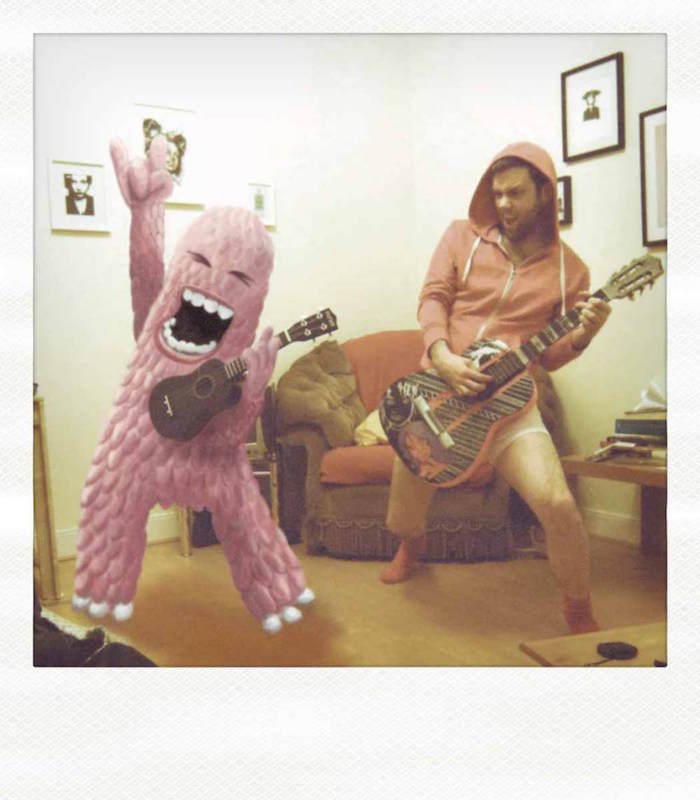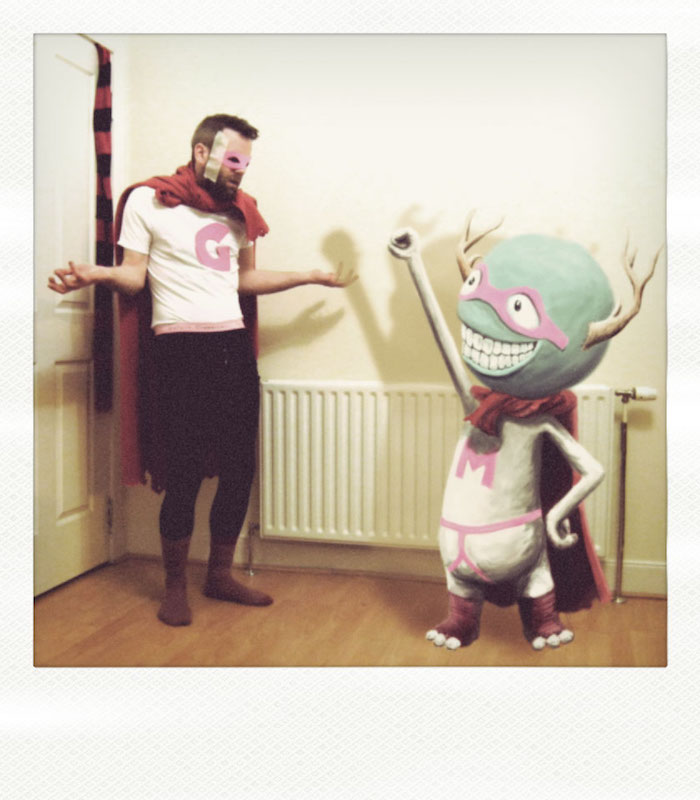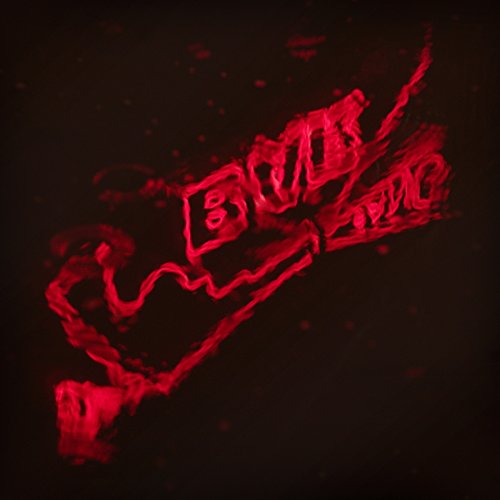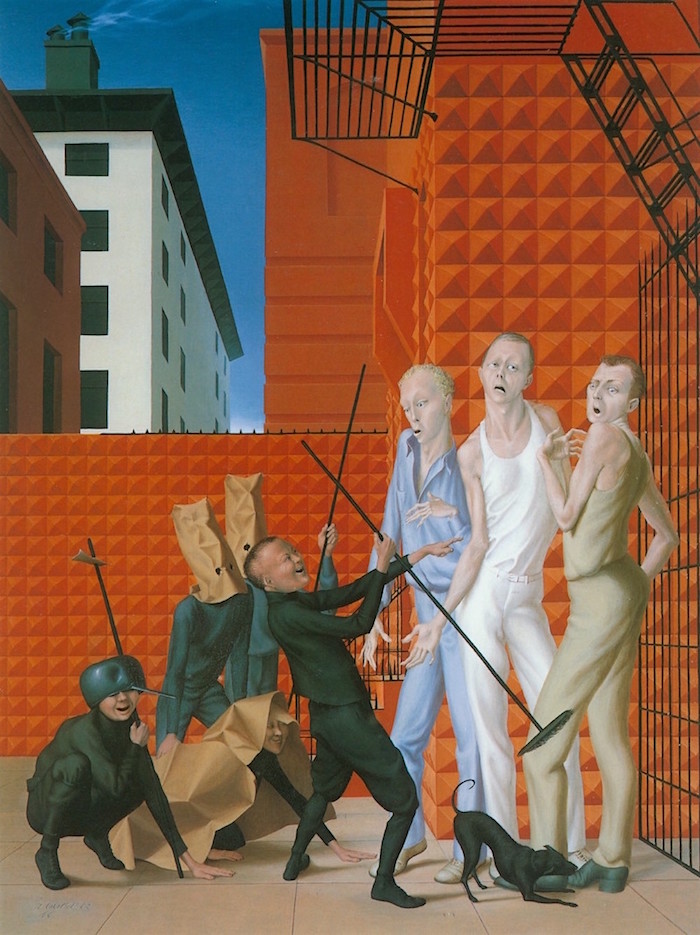
‘Children and Spastics’ (1946).
Looking at George Tooker’s painting “Subway” (1950), with its central figure of a woman (possibly pregnant) walking among the clean, cold, and slightly dehumanizing landscape of an underground station with its suspicious looking men in trench coats and hats, reminded me of the opening lines to Dante’s Inferno:
Midway upon the journey of our life
I found myself within a forest dark,
For the straightforward pathway had been lost.
Ah me! how hard a thing it is to say
What was this forest savage, rough, and stern,
Which in the very thought renews the fear.
So bitter is it, death is little more;
But of the good to treat, which there I found,
Speak will I of the other things I saw there.
I cannot well repeat how there I entered,
So full was I of slumber at the moment
In which I had abandoned the true way.
The words seemed to fit. Mainly because of the feelings Tooker’s painting engenders. It’s hardly an original thought to say we’ve all felt, at some point, lost, alone, or alienated from our environment—our actions curtailed by extraneous forces or expectations. But it’s one that is still, nevertheless, true.
The idea that Tooker’s work connects in some immediate, non-verbal way with its audience has led critics to align him with Surrealism, Magical Realism, Social Realism, and even Photorealism. Tooker was never happy with any of these descriptions as they limited, pigeon-holed, and gave a glib answer to a far more complex question. Tooker described himself as a figurative painter who considered paintings as “an attempt to come to terms with life.” Where there are “as many solutions as there are human beings.”
Born in 1920, Tooker came from a middle-class Brooklyn family. In the 1930s, his parents relocated the family to Bellport, NY, where Tooker spent part of youth wandering around the exhibits at the local art museums getting hip to the work of Renaissance and Dutch artists. To ensure he had a good qualification, he studied English at Harvard. He then enlisted in the Marine Corps during the Second World War but was discharged on health grounds. With a degree to fall back on and no expectations to fight in the war, Tooker returned to Brooklyn where he chased his primary ambition to become an artist. He enrolled at the Art Students League of New York and mixed and met with the various teachers and contemporaries who were to shape his thinking about art and help develop his style as an artist. Chief among these were Paul Cadmus (who was briefly Tooker’s lover) and Jared French (who was Cadmus’s lover). These artists were figurative painters who had adopted the Renaissance technique of using tempera —a fast-drying painting medium utilizing colored pigment and egg yolk or a similar binder. Tooker similarly painted in tempera. But unlike Cadmus and French, whose work has a homo-erotic subtext, Tooker painted an impression of the world that was as emotionally powerful and as vivid as dreams.
I am after painting reality impressed on the mind so hard that it returns as a dream, but I am not after painting dreams as such, or fantasy.
In his early painting Children and Spastics (1946), a group of children intimidates three gay men in an alien and austere landscape. The men adopt poses as the children assault them with broomsticks and verbal abuse. Their response is defensive, ironic, and one that is expected by society (their tormentors). This painting set a style through which Tooker depicted the world as alienating and oppressive yet sometimes often comforting to the figures who inhabited it (Supermarket, Bathers, Waiting Room).
In the early 1950s, Tooker and all the other figurative artists were eclipsed by the arrival of Abstract Expressionism which critics claimed better reflected the angst of the atomic age. Unfazed by the fickle tastes of critics and art markets, Tooker continued painting his succinct critiques of modern life, producing some of his most powerful work (Highway, Government Bureau, Lunch, Landscape with Figures, and Ward) in the succeeding years.
Tooker’s artwork defies easy categorization. In a way, his paintings tell a history of modern America, its hopes, fears, and moral complexities, from 1950 onwards. This content has a timeless quality and an immediacy that keeps it as relevant today as when first painted.
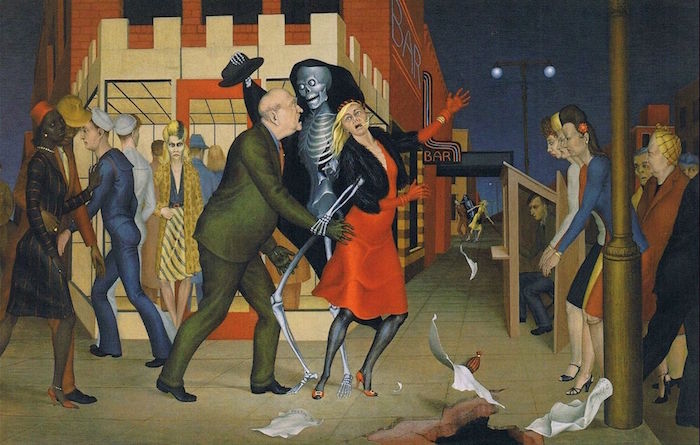
‘Dance’ (1946).
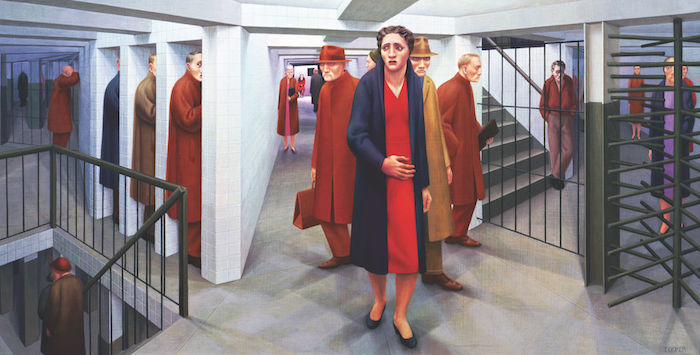
‘Subway’ (1950).
See more of Tooker’s compelling work, after the jump…







